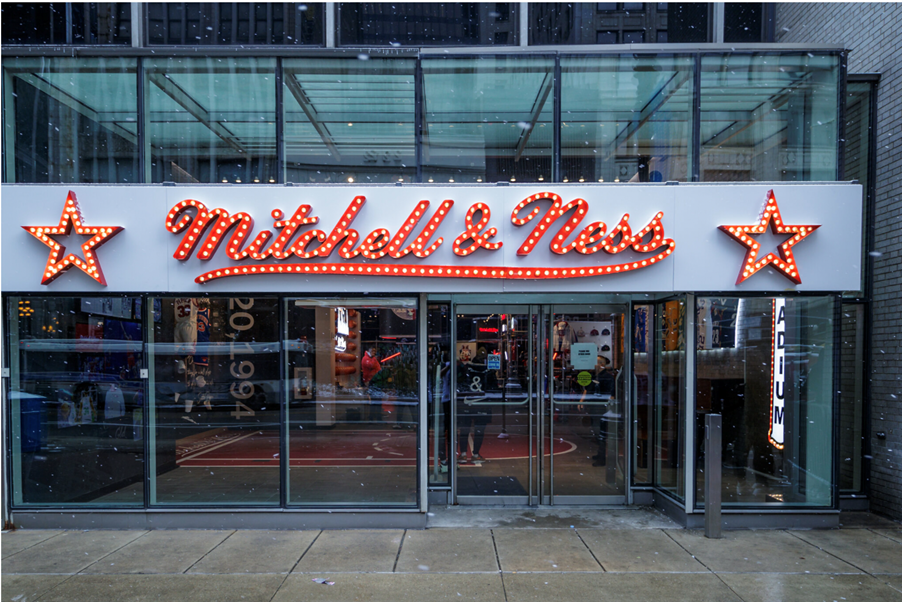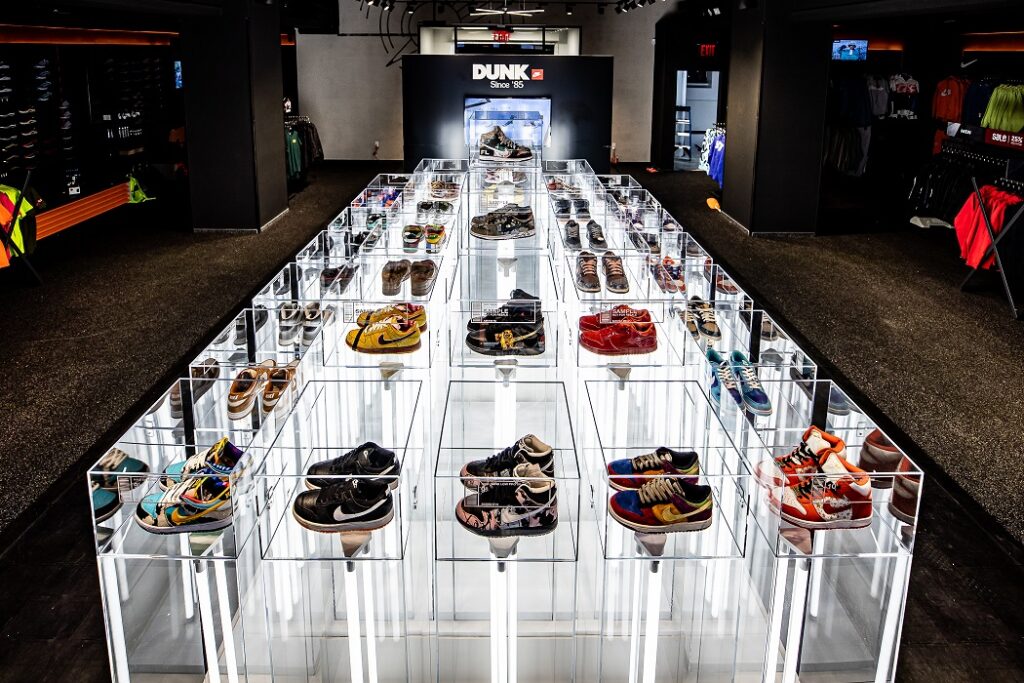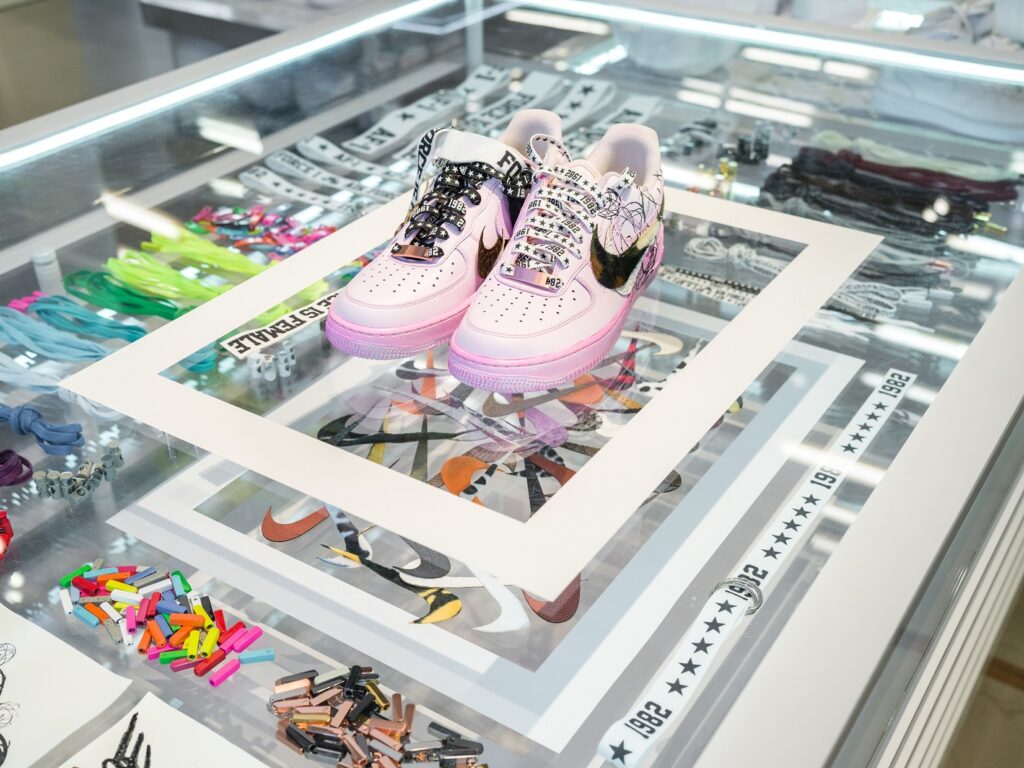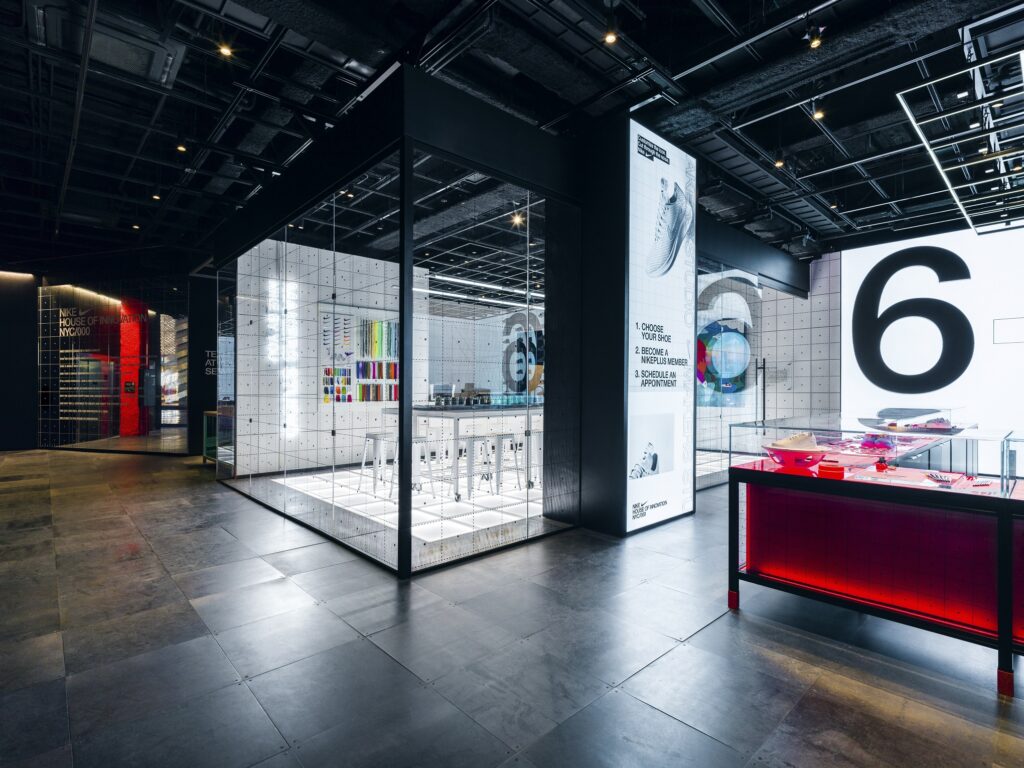
In the fast-paced marketing world, where trends come and go, one strategy stands the test of time – storytelling. Brands that master the art of storytelling create a lasting impact on their audience, forging emotional connections that transcend the transactional nature of business. In this blog post from Errol Andam, formerly of Nike, Errol will delve into the profound significance of storytelling in branding and how it enables brands to connect with their audience on a deeper, more meaningful level.
The Human Element: Connecting Emotionally
Humans are inherently wired to respond to stories. Narratives engage our emotions, connecting us to the characters and their journeys. In branding, a compelling story creates an emotional bond between the brand and its audience. By weaving a narrative that resonates with the target audience’s values, aspirations, and challenges, brands can establish a genuine connection.
Building Identity and Authenticity
Storytelling provides a platform for brands to communicate their identity and values authentically. A well-crafted brand story goes beyond product features; it communicates the essence of the brand, its mission, and the values it stands for. This authenticity builds trust, fostering a sense of transparency that today’s consumers crave. When consumers identify with a brand’s story, they are more likely to become loyal advocates.
Differentiation in a Crowded Market
In a marketplace saturated with options, differentiation is key. A unique and compelling brand story sets a brand apart from its competitors. It gives the audience a reason to choose one brand over another, not just based on features or pricing, but on the emotional resonance created by the brand narrative. Storytelling helps carve a distinct identity, making the brand memorable and engaging.
Engaging Across Platforms
In the digital age, where consumers interact with brands across various platforms, storytelling becomes a powerful tool for consistent messaging. Whether through social media, blogs, videos, or advertisements, a cohesive brand story provides a unified experience. This consistency reinforces the brand message, helping to create a seamless and recognizable presence that resonates with consumers across diverse channels.
Evoking Shared Values
Consumers are increasingly seeking brands that align with their values. A well-crafted brand story allows a brand to communicate its values and purpose, attracting like-minded individuals with similar beliefs. This shared connection goes beyond a transactional relationship, fostering a sense of community around the brand. Brands that stand for something meaningful become more than just products – they become a part of a lifestyle.
The importance of storytelling in branding cannot be overstated. It is a powerful tool that enables brands to connect with their audience on a deeper, more emotional level. Through storytelling, brands can humanize their identity, build authenticity, differentiate themselves in a competitive market, and engage consumers across various platforms. In a world where consumer choices are abundant, the ability to create a compelling narrative is the secret sauce that transforms a brand from a mere product or service into a meaningful part of people’s lives.










